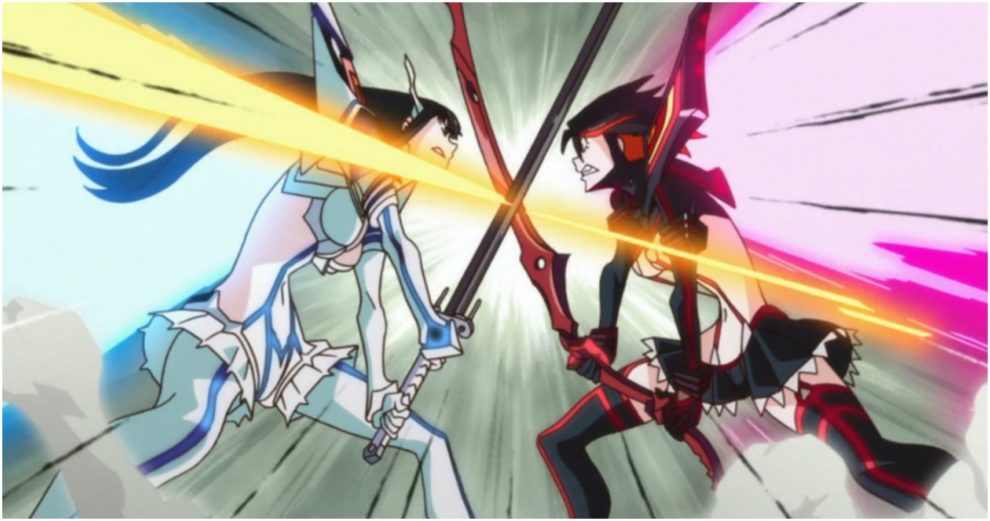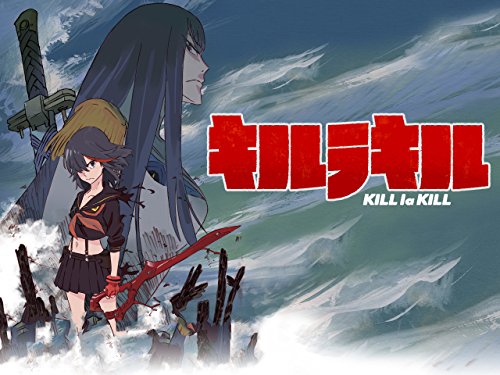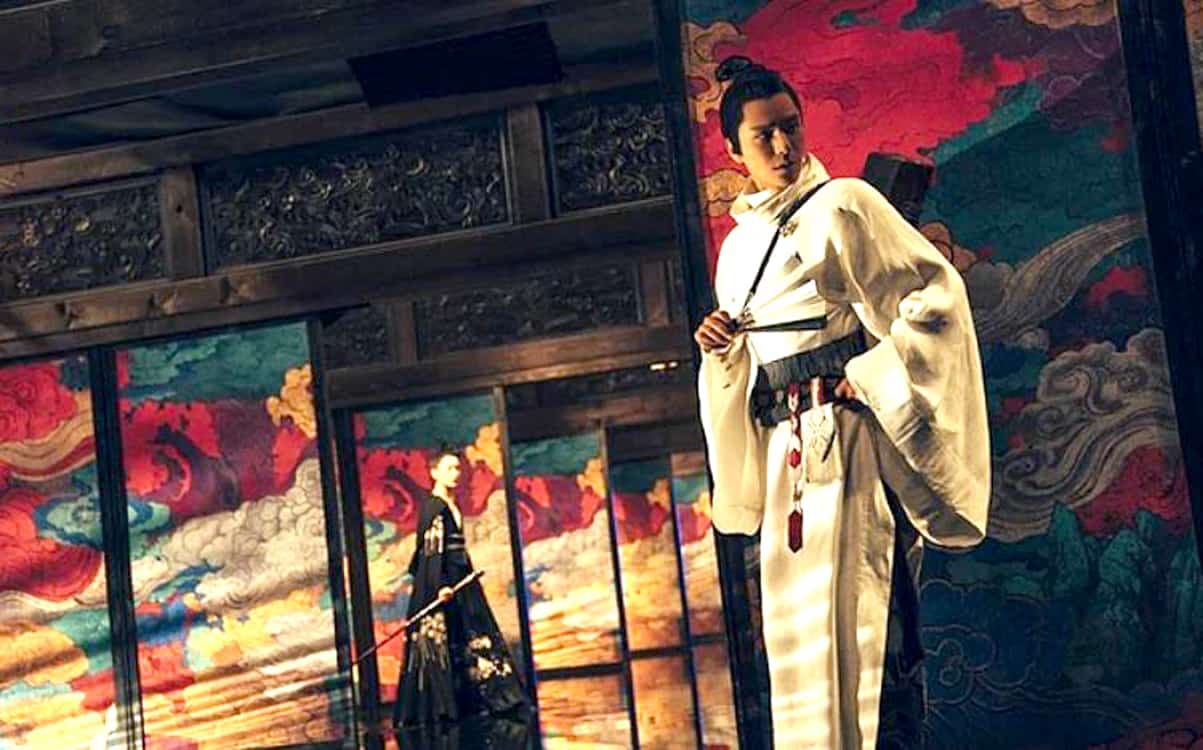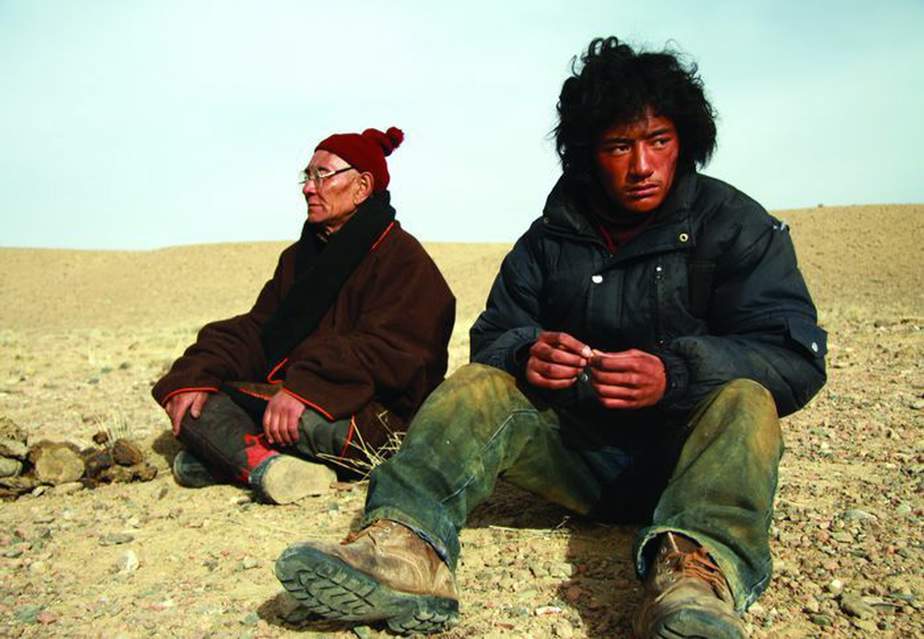The duo of director Hiroyuki Imaishi and writer Kazuki Nakashima, along with Studio Trigger (which was founded by the former and Masahiko Otsuka, both former Gainax employees) seem to produce only masterpieces, since their three works include “Gurren Lagann“, “Promare” and the present title.
Watch This Title
The story takes place in Honnouji Academy, a high school in Tokyo Bay, where Satsuki Kiryuin is the head of a rather powerful council governing over hundreds of students. Just below her are the “Four Devas”, a quartet of also quite strong students, who are dedicated to her, despite having their own agendas, on occasion. What is the unique thing about Honnouji, however, is that the students are wearing Goku Uniforms, special suits created from a material known as Life Fibers, which are bestowed to them based on their skills and accomplishments. Furthermore, the better suit a student wears, the better situated in the area is his/her family, in a society that is rather segregated.
In this setting appears the actual protagonist of the series, Ryuko Matoi, who wields a scissor-shaped longsword that can cut Goku Uniforms, and challenges the council as she searches for her father's killer. Eventually, Ryuko ends up with her own uniform, which is quite different though, since it is completely made of life fibers, has its own personality, and even becomes her friend after a point, with her naming it Senketsu. The suit makes Ryuko extremely powerful, but also as sultry as possible, and her battle begins. Soon, she finds herself striking a peculiar friendship with her stalker, Mako Mankanshoku, even staying at her family's house along with a bunch of perverted gluttons. Satsuki, on the other hand, also has her own Godrobe (as Senketsu), while the more Ryuko discovers about the death of her father, the more complicated the case becomes, as Satsuki's mother, the leader of a huge conglomerate, is also involved, along with her right hand, Nui Harime.
Most of all, “Kill la Kill” is a masterclass on how to handle hyperbole and excessiveness. Furthermore, and inside its chaotic premises, it also parodies all the trademarks of (shonen) anime, but also the series itself, and even manages to make a number of sociophilosophical comments in the meantime. This, unique, intricate, and rather impressive approach permeates all aspects of the series, from beginning to end. The presentation of the characters and their signature moves with huge letters on-screen is a definite retro reference. The sultry costumes, the protagonists appearing completely nude or barely wearing any clothes on occasion, but also a secret organization named “Nudist Beach” that eventually emerges, is a distinct mocking of the fanservice tendency that took over the industry after 2005. That the protagonists go around accusing each other as exhibitionists highlights this approach in the best fashion.
The various tournaments, the growth in power of most of the characters and the continuous appearance of more powerful creatures also moves towards this direction, with the overall excessive aesthetics (humongous costumes, extreme transformations in “Kamed Rider” style, the presence of mecha and the disasters of epic proportions) also mocking these concepts.
The occasionally crude humor, both in dialogues and in images (particularly in Mako's family) the frantic pace that extends to the way the characters speak, their movements and the rhythm of the editing cuts, cements this overall approach.
At the same time, however, the combination of epic music, the magnitude of the battles, the drama that mostly derives from the fact that all the protagonists suffer both mentally and physically on occasion, give the series an epicness that, initially, does not seem to fit with the comedy aspect, but eventually emerges as the mix that makes “Kill La Kill” so special. That Hiroyuki Imaishi and Kazuki Nakashima manage to make sense of this chaos, while make distinct comments about how the way the people dress defies their place in society, and the overall concept of friendship, is another of the best traits of the title.
Sushio's character design is impervious, encircling all the aforementioned elements with intensely motley coloring, with both the conception and the implementation of the various individuals being top-notch. The overall animation of Trigger is also excellent, in the rather difficult task of implementing all this almost constant movement of the characters and the background, particularly during the battle scenes.
“Kill La Kill” has so much going on, in terms of narrative, aesthetics, and production values, that the reviewer would need a separate article for each episode to highlight all the elements presented in the series. In that regard, it is suffice to say that this a definite masterpiece, a must-see for all fans of anime.
















